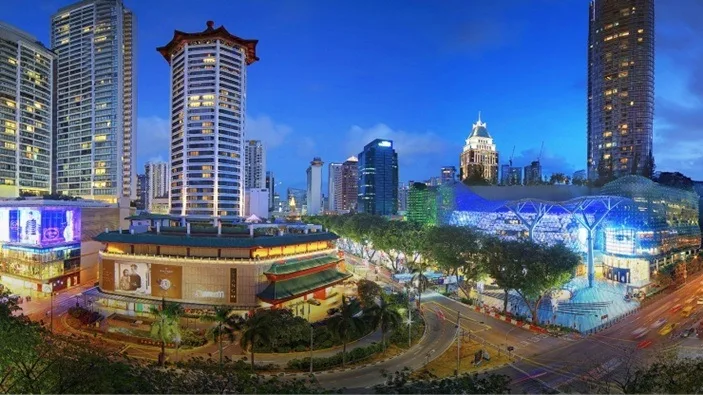Singapore has a truly cosmopolitan population, a direct result of this nation’s geographical location and commercial success. The city state came into being on January 29, 1819, and its first avatar was that of a trading post. The fledgling town attracted merchants and migrants from the Malay Peninsula, China, Indonesia, the Indian sub-continent and even from Middle East.
The immigrants imported their own language, festivals, customs and culture. The facets were hardwired into Singaporean society by intermarriage and gradual integration-leaving Singapore a multi-faceted society with a diverse and vibrant cultural heritage. The end of 19th century saw Singapore becoming a truly global city, with ethnic groups like Eurasians, Indians, Chinese and Malays living and working together. The Chinese at present form 74.2 percent of the total population, with Malays, the area’s original inhabitants, making up 13.3 percent. Indians make up 9.2 percent and others a composite 3.3 percent. The city state is also home to a number of expatriates from all over the world.
It is natural that Singapore has a plethora of languages in its cultural quiver. There are four official languages representing four major ethnicities: Tamil, Chinese, Malay and English. The national language is Malay, with English the most common language for government and business work.
The soupcon of multiple languages in such a compact environment has given birth to an unique brand of Singaporean laced English: the Singlish dialect. This hybrid endemic language incorporates loan words from Indian, Chinese and Malay languages.

